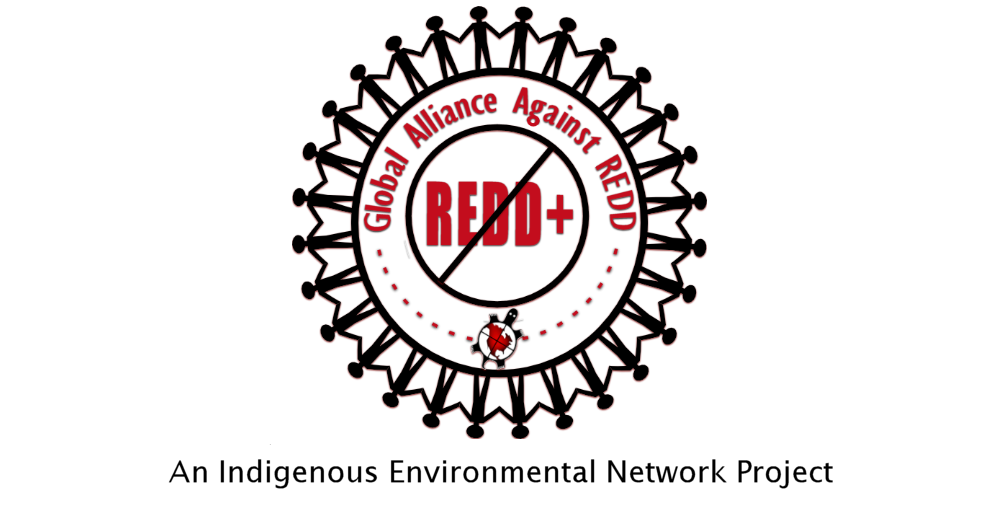 “U.N. climate deal in Paris may be graveyard for 2C goal,” is the headline of a recent Reuters article, which points out that the chances of keeping global warming below 2°C are rapidly disappearing.
“U.N. climate deal in Paris may be graveyard for 2C goal,” is the headline of a recent Reuters article, which points out that the chances of keeping global warming below 2°C are rapidly disappearing.
The article includes a quotation from Oliver Geden, of the German Institute for International and Security Affairs:
“It’s just not feasible. Two degrees is a focal point for the climate debate but it doesn’t seem to be a focal point for political action.”
Christine Figueres, Executive Secretary of the UNFCCC, disagrees. Reuters reports her as saying that new mechanisms for future rounds of pledges, perhaps in 2025 and 2030, can hit the 2°C mark. “You don’t run a marathon with one step,” Figueres comments.
It’s an interesting metaphor. Paris will be the 21st Conference of Parties to the UNFCCC. That’s 21 years of negotiations. And, to paraphrase Figueres, you don’t run a marathon for 21 years.
It’s not surprising that Figueres argues that COP21 is just another step on the way towards addressing climate change. She knows that there will be no decision that comes out of Paris that will come anywhere near keeping emissions below 2°C. And it’s understandable that the Executive Secretary of the UNFCCC doesn’t want to admit that the UNFCCC is failing abysmally.
But it is perhaps surprising to read that Joe Romm supports Figueres’ position. Romm is the Founding Editor of Climate Progress. He believes that action is urgently needed to address climate change. Yet in February 2015, he wrote,
“I don’t think one can call Paris a failure merely because it doesn’t create an agreement that would limit warming to 2°C, much as we ultimately need to keep to that limit.”
Romm recycled his article yesterday in response to the Reuters article.
Romm argues that it is impossible to get onto what Figueres calls “the 2°C pathway” in Paris, “without every major player agreeing to specific and serious post 2030 cuts, an outcome that was never on the table”.
This is crazy. Romm is a climate hawk who has worked tirelessly for action on climate change for many years. Yet his vision of success involves emissions reductions targets 15 years in the future. The fact that even targets way off in the future were never on the Paris table is a sure guarantee that the meeting will fail.
Romm compares the climate negotiations to the 1987 Montreal Protocol on Substances that Deplete the Ozone Layer. His point is that the negotiations were difficult, the initial targets too weak, and it took a long time. But in the end, the Montreal Protocol.
The first problem with the comparison is that, as Romm acknowledges, reducing CFCs is a lot simpler than reducing greenhouse gas emissions.
But the differences between the climate negotiations and the ozone negotiations are more interesting than the similarities. When the Montreal Protocol was negotiated, there wasn’t a massive, well-funded misinformation campaign attempting to sabotage any chance of a successful outcome.
The Montreal Protocol reduced CFC concentrations in the atmosphere by banning CFCs. There was no CFC trading programme in the Montreal Protocol.
And the meetings leading up to the Montreal Protocol were not sponsored by companies that manufacture CFCs. About 20% of the €170 million that COP21 will cost is to come from companies, including some serious polluters:
- Électricité de France (EDF) runs coal-fired power stations. In 2013, EDF sued 21 climate activists who occupied its power station in Nottinghamshire in the UK for a week. EDF later dropped the £5 million lawsuit.
- Engie (formerly GDF Suez) is a large energy company. It is planning a 1200 MW coal plant in South Africa. In May 2015, hundreds of people protested against Engie’s plans. Also in May, the company’s chairman and CEO, Gérard Mestrallet, visited the World Bank telling the Bank about Engie’s support for carbon pricing and the EU Emissions Trading System.
- Suez Environnement is one-third owned by Engie. Both companies are members of the Centre for Non-Conventional Hydrocarbons – a fracking lobby group. Suez is the world’s second largest environmental services provider, with a focus on water. In 2006, Buenos Aires took back control of its water services from Suez. The company sued, and recently won a court case for US$405 million compensation.
- Renault-Nissan is a car manufacturer. The company will provide 200 electric cars to COP21. In total, Renault-Nissan has sold 250,000 electric cars. Last year, Renault-Nissan sold 8.5 million cars.
- BNP Paribas was the leading French bank in terms of support for coal between 2005 and 2014. BankTrack lists a series of problematic projects that BNP Paribas has financed, including the biggest coal mine in Indonesia, Kaltim Prima Coal Mine, the Nam Theun 2 dam in Laos, an LNG project in Papua New Guinea, and the Tata Mundra Ultra Mega Power Plant in India.
- Air France is an airline company. On its website, the company points out that, “around 80% of Air France’s emissions come from long-haul aircraft”. The company’s position on reducing these emissions could safely be described as stubborn:
There is no substitute method of transport for passengers or for cargo aircarfts [sic] carrying express goods such as valuables or perishable foodstuffs.
In 2012, Air France was one of nine airline companies that opposed a European carbon tax on aviation.
Here’s a petition you can sign to kick the polluters out of the climate talks:

